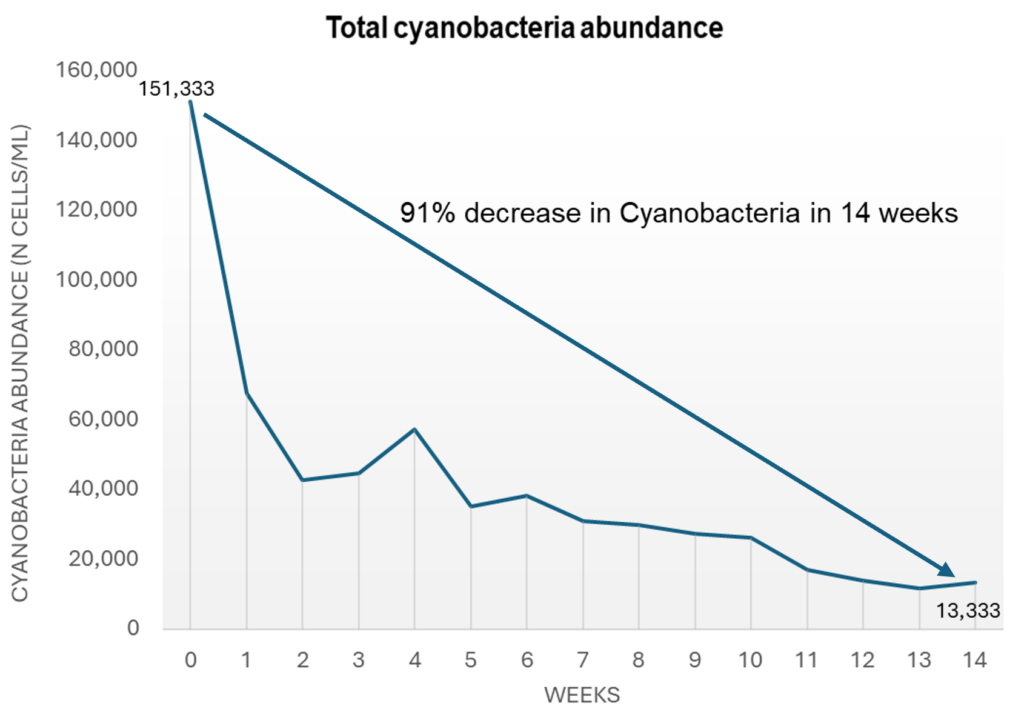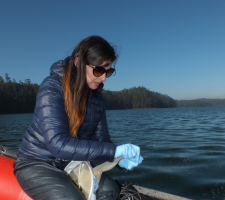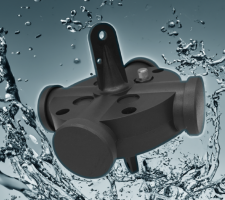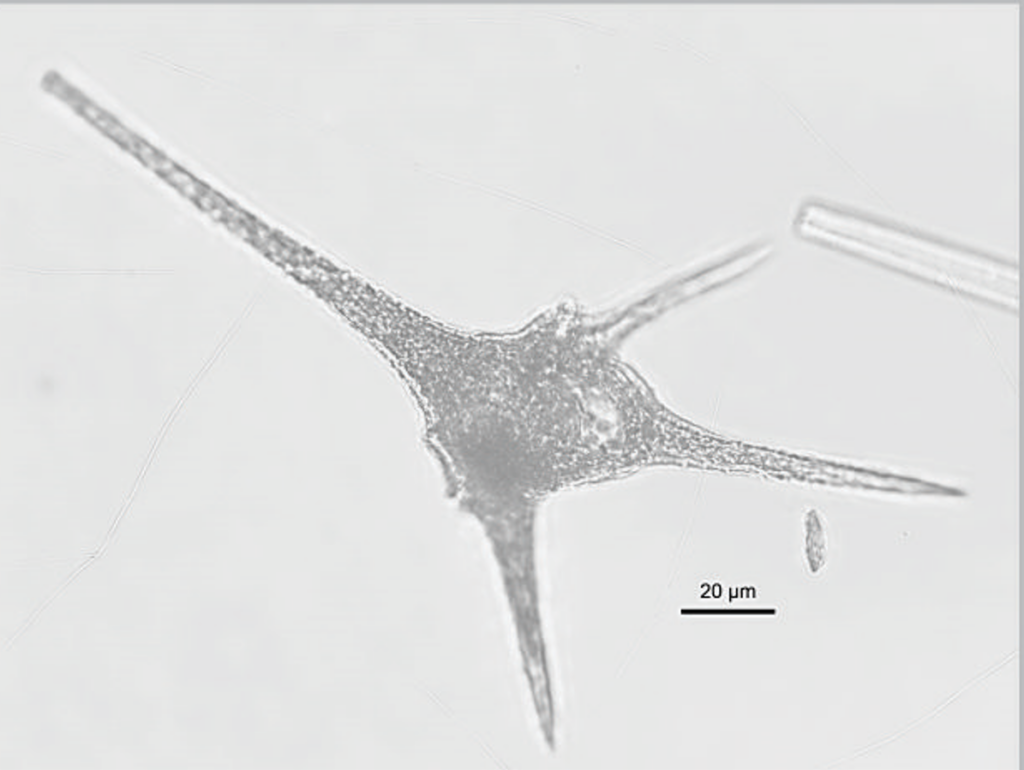Ultrasound Innovation: Algae Control and Shrimp Health
Aquaculture is a vital to the global food supply chain, especially in the face of pollution and climate change. In Ecuador, the shrimp industry is critical to international trade and represents an important source of income; however, it faces considerable challenges.
Harmful algae can block light needed by other beneficial microalgae, decrease dissolved oxygen, and produce toxins harmful to shrimp. Our Pulsar 4400 demonstrated an innovative way to solve these problems.
Pulsar 4400 with Solar Installation
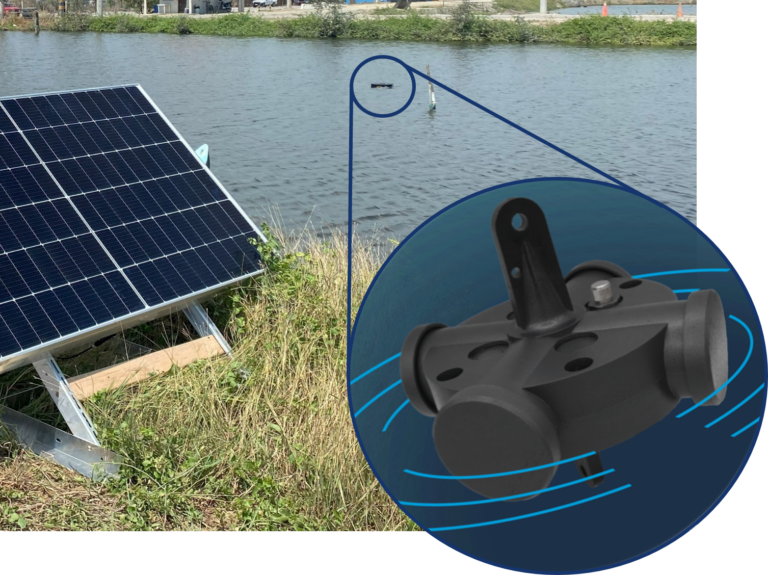
Key Results at 14 Weeks:
• Cyanobacteria were reduced by 91%
• Green algae were controlled by 61%
• Diatoms increased in abundance by 70%. A change in species dominance was observed during treatment.
• Improved water quality: Exposure to ultrasound significantly improved water quality by allowing the growth of microalgae.
• Shrimp survival and growth were optimal.
In conclusion:
A clear demonstration of how WaterIQ’s 4400™ Frequency Ultrasound Technology can transform aquaculture and ensure a more sustainable future for the industry!
